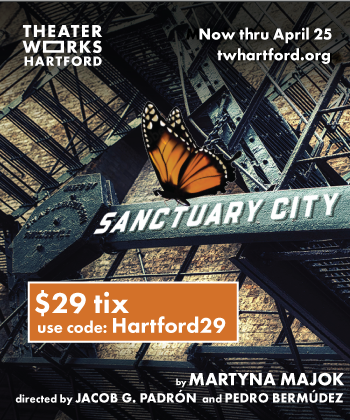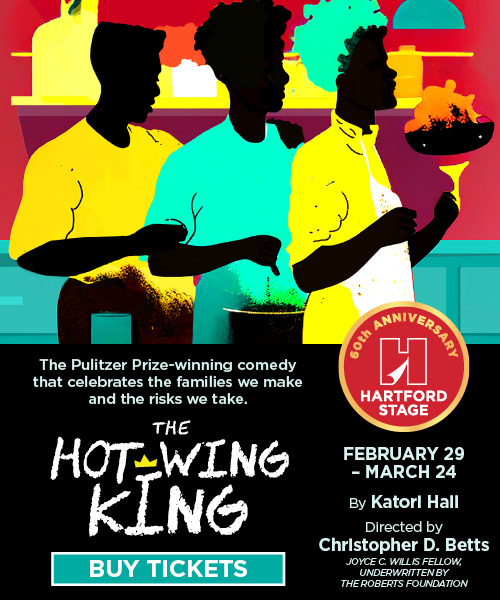By Jimmy Lee Beason II, Osage Nation
Native people in American society are highly misrepresented all across the country. We are either depicted in popular media as tree hugging hippies who wouldn’t harm a disease carrying mosquito to save our lives, or blood thirsty savages roaming the woods looking to scalp some pilgrims in buckled shoes and broad brimmed hats. Although we do revere trees as relatives (who provide oxygen for us to breath) and fought battles with colonizers, which resulted in their heads being scalped (a practice, ironically, introduced to us by Europeans), we are most definitely not restricted to these simplistic portrayals propagated by Hollywood, and all other manner of fiction.
For the better part of 400 plus years, our identity and narrative has been predominately controlled by white men who told stories about our culture and overall existence through literature and film with a narrow view that was highly racist, dismissive, bemused, or romanticized beyond recognition. Although there have been some strides forward in terms of how Native people are portrayed in modern society with the advent of recent shows such as Reservation Dogs (Hulu), Dark Wind (AMC), and Rutherford Falls (Peacock), we are still very much misunderstood. This misunderstanding is further perpetrated by the continual use of Indian mascots by schools all across the country.
Although many states are now making schools change their Indian mascots, there are still around 2,000 public learning institutions that use monikers such as “braves”, “chiefs”, and “Indians.” Undoubtedly, these names only give students and alumni a pass to openly mock Native people under the guise of “honor”. As a result, halftime shows during sporting events are cesspools of casual racism with virtually no opposition from anyone in the crowd, aside from a few TikToks or YouTube videos posted up by mildly outraged content creators. A quick Google search brings up countless video depictions of the same old spectacle of Native discrimination and mockery that’s been happening in this country since the Boston Tea Party a few hundred years ago.
The halftime show at any school with an Indian mascot typically showcases a teenage white male. He’s shirtless and wearing fake buckskin leggings. His dirty blonde head is decked out with turkey feathers that sway ever so slightly as he does his “war dance” at halfcourt, twisting and contorting his boney body into somersaults, skips, and hops to the sound of drums pouring out of the loudspeaker. His athletic bigotry is on full display and riles the crowd up into a frenzy. The final touch is when the misguided little plebe cups his hand over his mouth and goes, “whoo! whoo! whoo!”, to simulate a “war cry.” The mob of howling spectators applaud the performance. Ahh, there’s nothing like participating in an act of collective racism against the original people of these lands to bring an entire community of non-Natives together!
Supporters of these Indian mascots, (mostly alumni, current students, staff, and faculty of the school) justify their arguments by stating it is a form of “honor” and should be taken as a gesture of respect toward Native people. This entire argument is disingenuous and nothing more than an excuse to continue their racist charade. In fact, when we as Native people voice our opposition, these people who claim to respect and honor us become very disrespectful and vicious in their attacks. Suddenly, we are cussed out and called “cry babies,” or told to “get over it,” and “shut up.”
There is also the real concern for physical harm, as Native students have reportedly felt intimidated when venturing into opposing schools for athletic events, outside their own community. At a recent basketball game in North Dakota between Dickinson High School and the Turtle Mountain Braves back in February, Dickinson students were caught mocking Native American students with racist name calling. In Jamestown, another North Dakota town, students on the sidelines were making “monkey noises” and “war whoops” aimed toward Indigenous basketball players on the Bismarck team. This incident also happened in February of this year. This kind of racist behavior toward Native ball players or teams with “Indian” nicknames is quite common.
At a football game in 2013, Dyersburg High School students unveiled a sign that read, “Get ready to leave in a trail of tears!” The opposing team from North High is called the “Indians.” In 2015, another “trail of tears” banner was unfurled by cheerleaders at a football game in Alabama between McAdory High School and the Pinson Valley Indians. Then again in 2016, cheerleaders at an Ohio high school during a game with the Hillsboro Indians held up a sign that said, “Hey Indians, get ready for a trail of tears part 2.”
The Trail of Tears references are highly insensitive and make a mockery of the death and misery that happened during this forced march as a part of U.S. genocidal policies and laws. In the mid-1830’s, the U.S. government forced around 100,000 Natives from different southeastern tribes to march west to “Indian Territory” (today known as Oklahoma) to make room for whites. Although it is difficult to verify an approximate number, historians claim around 15,000 men, women and children died on the long walk.
Lack of empathy on the part of non-Native proponents of mascots could possibly be attributed to a lack of accurate portrayals about Native people in popular media. There is also a lack of intimate contact between Native and non-Native communities – most non-Native people have never met, talked with, or spent significant time among Native people or their culture. This social invisibility has allowed stereotypes and misinformation to fester for years.
There is also a culturally embedded notion of adopting Indian-ness to make up for a kind of nonspecific European-American identity that goes back to the Boston Tea Party when anti-British colonials (aka White Americans) were dumping tea in the harbor dressed up as “wild Indians”. Universities and various American organizations have played a huge role in perpetuating these false perceptions of Native culture for quite some time. Considering the fact American educational institutions have a deeply rooted tradition of using imposter Indian identities to bolster their image for a couple hundred years, the task of educating non-Natives about the issues with mascots and mockery is quite a challenge.
Within this greater controversy, resides the bleak statistics of Native society. Native people contend with higher rates of binge drinking, drug abuse and suicide than any other group. The continual use of mascots and the racist mockery that accompanies them seems to exasperate issues of low self-worth by the Native community as our culture, viewed as a source of strength and pride, is reduced to ridicule by legions of sports fans and organizations with no real connection or investment toward tribal peoples.
Research conducted by Native and non-Native academics has demonstrated Indian mascots do cause harm to the Native psyche. At the University of North Dakota, where the moniker was the “Fighting Sioux”, a study found Native students had increased stress levels when shown various images of the Fighting Sioux logo, while non-Native students had better self-esteem and lower stress levels.
Back in 2008, another study was conducted to determine if mascots are honorable or harmful stereotypes. The selected population was composed of Native 15-year-olds attending high school on different reservations. Four studies were conducted with a total of 252 females and 191 males from different reservations. Researchers concluded Indian mascots had a negative influence on self-esteem in the sample subjects. Imagery, although viewed as positive, still made Native participants feel uneasy. In yet another study conducted in 2011, twenty-two identified Caucasian psychology undergraduate students were assessed for their level of bias toward Indian mascots and actual Native people. The findings determined the participants made no differentiation between actual Natives and the mascots – they essentially viewed them as one in the same!
The harm done to the Native community through Indian mascots is a reflection of the institutional racism that permeates American society. As America has commodified the land we live on, it has also commodified and exploited Native identity as a resource for propaganda to uphold the mythology of America as a harbinger of western “civilization” that has defeated the “backwards savage,” while simultaneously seeking to emulate and revere these savage characteristics via logos and mascots. The contradiction being, of course, Native people being viewed by white American society as a primitive undesirable “race” yet are also worthy of being a symbolic source of strength for universities, colleges, high schools, and packs of cigarettes.
So, what is to be done about Indian mascots? First off, sports leagues and all other sports organizations need to eradicate Native mascots, team names, offensive gestures, and the racist behaviors of the fan base. Secondly, athletes, organizations, policy makers, fans, and allies need to stand together and declare racism in sports will no longer be tolerated. Another way to help is for those who want to support the cause, is to educate themselves on these matters and voice their opposition to Indian mascots when they can. Through solidarity and likeminded action, things can be changed.





